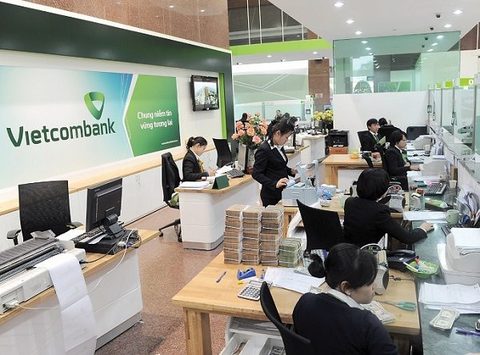Credit institutions expect improvemed business results
Credit institutions expect improvemed business results
Most domestic and foreign banks in Viet Nam expect to perform better in the third quarter of 2019 than they did in the same period last year, according to the State Bank of Viet Nam's June survey released this week.

Under the business sentiment survey conducted in June, which covered all domestic and foreign banks in the country, many banks also expect an upward trend in their business for the whole of 2019.
According to the survey, 85.4 per cent of banks expect an improved third quarter.
A total of 88.5 per cent hoped their performance would continue to get better this year, of which 27.4 per cent anticipated ‘significant improvement’.
For the second quarter, 76 per cent of banks reported their business performance improved against the previous quarter.
A total 98 per cent of banks said their liquidity in terms of both the Vietnamese dong and foreign currencies remained good and the positive trend would continue for the rest of the year.
A majority of the institutions expect interest rates for both deposits and loans would remain stable in the quarter and the entire 2019.
They expect a growth rate of 4.1 per cent and 13.47 per cent for capital mobilisation in the third quarter and the whole of 2019, respectively, while forecasting a credit growth rate at 4.13 per cent for the third quarter and 14.33 per cent for 2019.
Notably, the survey showed the resolution of non-performing loans (NPL) at banks has shown positive signs, with 27.4 per cent of banks reporting their NPL ratio declined in Q2 and 26.9 per cent expected a drop in Q3. The rate is higher than 24.3 per cent and 23.4 per cent in the previous survey conducted in March this year.
Banks also said the business environment had improved in the second quarter and more improvement was expected for the entire year.
The survey shows a total of 9.5 per cent forecast overall risks of all client groups will remain stable in 2019, 16.8 per cent said the risks are likely to decrease while 13.7 per cent were concerned risks would increase.
























